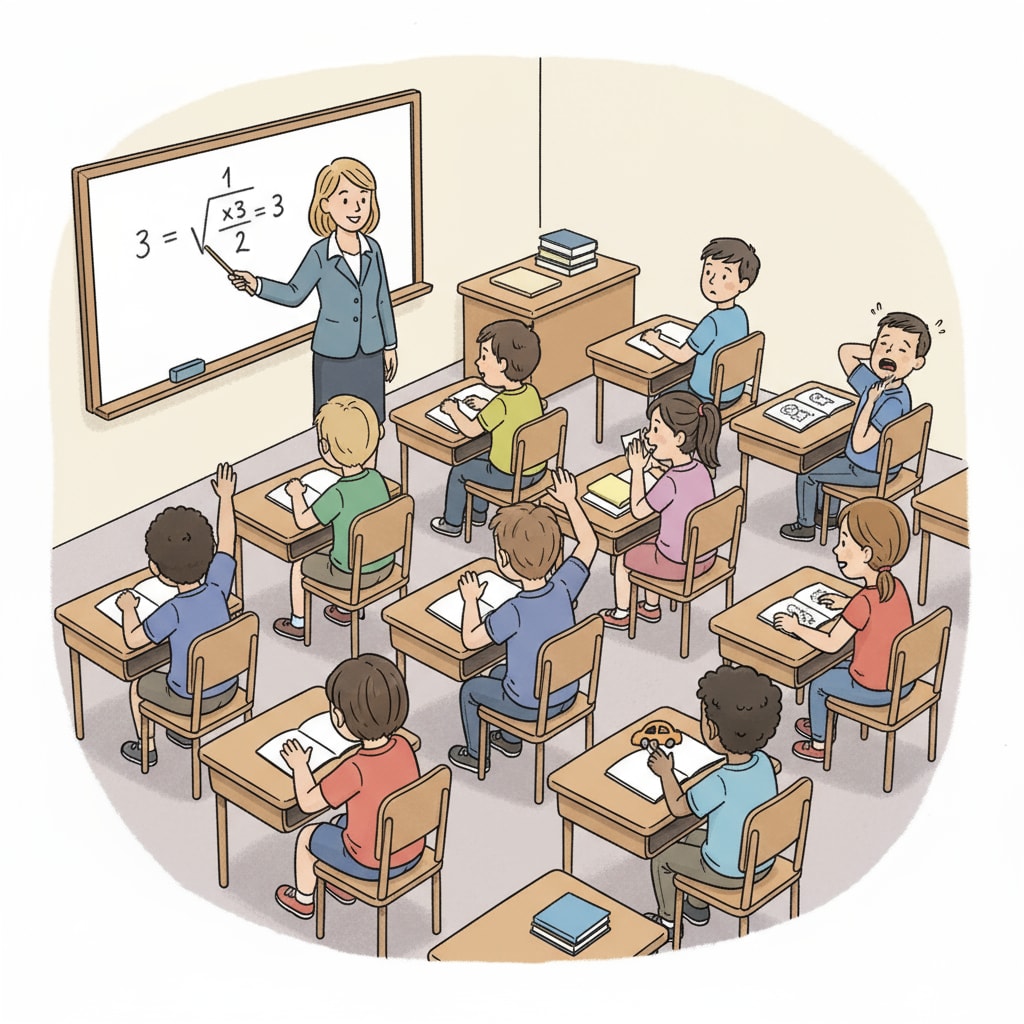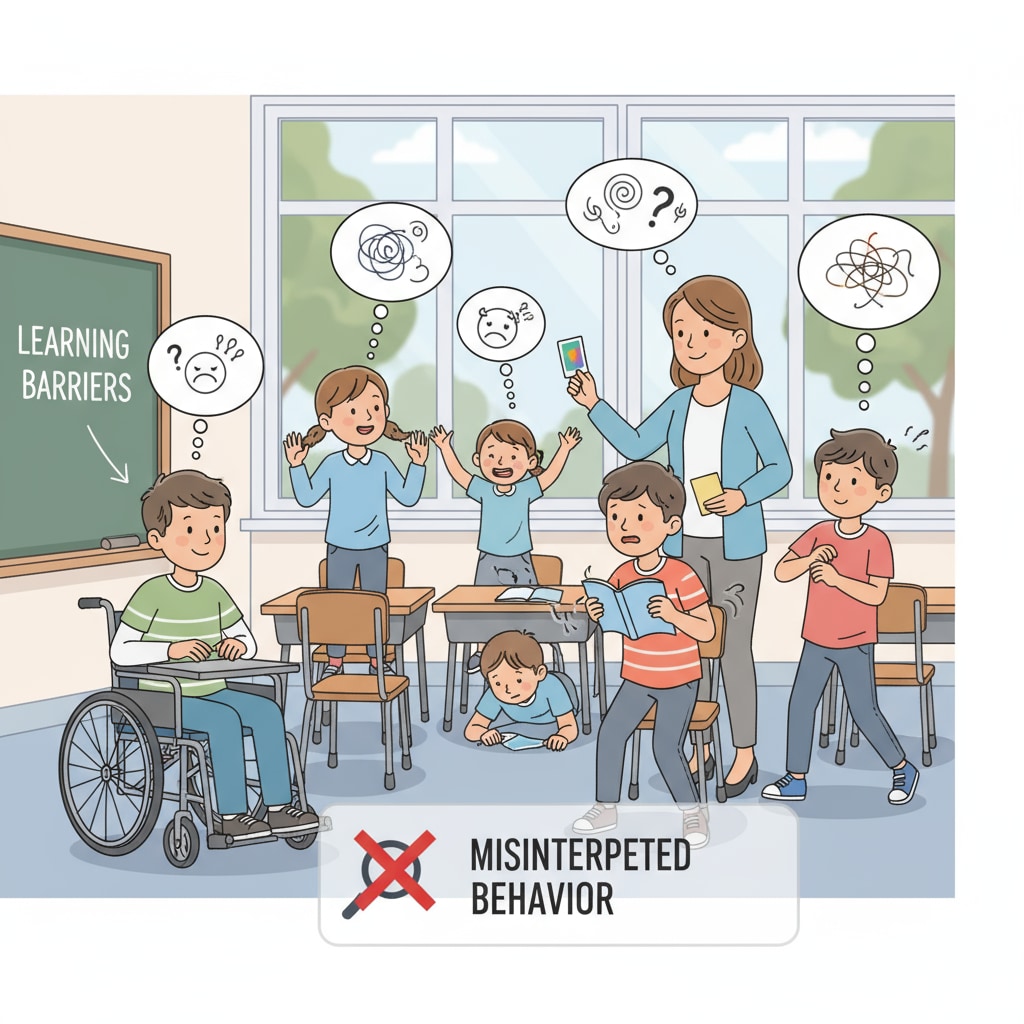In the realm of the educational system, the improper use of regular classes and special education classes as places to handle students with behavioral problems is a concerning issue that significantly affects learning opportunities. This practice, unfortunately, brings about various negative consequences for different groups of students.

The Impact on High-Achieving Students
High-achieving students often find their learning environment disrupted when students with behavioral problems are placed in regular classes without proper support systems. For example, in a math class, instead of delving deeper into advanced concepts, the teacher may have to spend time dealing with disruptions caused by behavioral issues. As a result, the pace of learning slows down, and high-achieving students miss out on valuable learning opportunities. According to The National Education Association’s research on student success, this can lead to a decline in their academic performance over time.
The Plight of Ordinary Students
Ordinary students also bear the brunt of this improper placement. In a classroom setting, when behavioral problems are not addressed effectively, it creates a chaotic atmosphere. For instance, during group discussions, students with behavioral issues may dominate the conversation or disrupt the process. This not only makes it difficult for ordinary students to express their ideas but also affects their ability to concentrate. As stated by Education Week’s report on classroom learning, ordinary students may start to lose interest in learning due to these disruptions.

Moreover, for students with special needs in special education classes, the situation is no better. When the classes are filled with students mainly having behavioral problems rather than those with genuine special educational requirements, the limited resources are misallocated. Special needs students may not receive the individualized attention and support they deserve, further hindering their learning and development.
Readability guidance: As seen above, the improper placement in educational classes has far-reaching consequences. We need to understand these issues clearly, such as how it impacts different types of students. By doing so, we can work towards better educational resource allocation and more effective class management strategies to ensure every student gets the learning opportunities they need.


